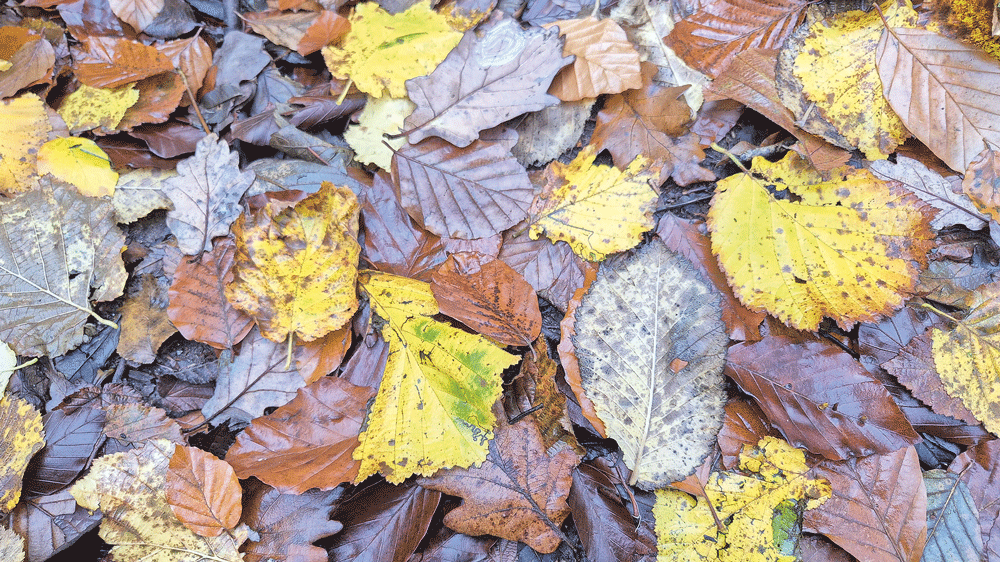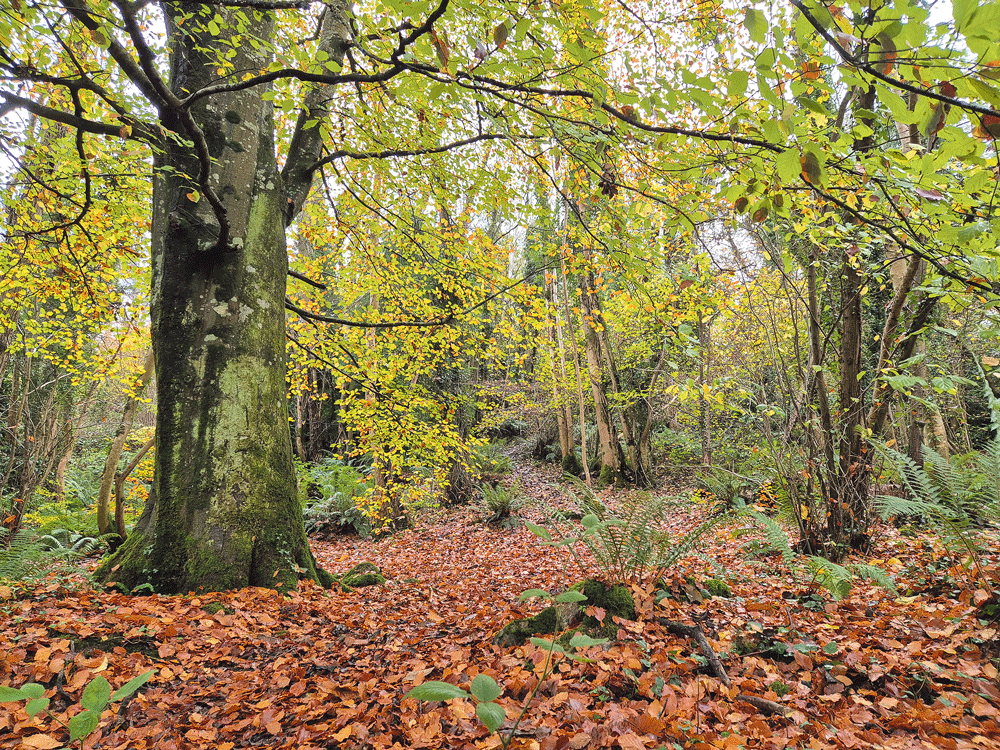

Nature on our doorsteps: Recycling essential carbon
Rosaleen Dwyer is the County Heritage Officer at South Dublin County Council – every week she gives us an insight into the natural heritage around us and the beautiful biodiversity of the plants and creatures.
The annual process of recycling much of this year’s growth in nature is well underway.
When plants are growing, they absorb the gas carbon dioxide from the air.
They extract carbon from the gas and use it to form their leaves, stems, roots, wood, flowers and fruit.
In autumn when trees shed their leaves, this carbon falls to the ground.
Nature, however, wastes nothing. Carbon is a vital compound of all living things.
It forms the basic building block in our own cells, and it is essential for all of our body functions.
We take in carbon from the food that we eat, and without it we could not live.
The carbon recycling process in nature is therefore critical to all life on earth.
This process is most visible in autumn.

For us, autumn is the most visual part of the carbon recycling process
The leaves that fall to the ground are food for the many worms, slugs, snails, fungi, microbes and bacteria that live in the soil, and they begin to break down the organic matter.
Fungi are a particularly important group in this recycling process.
Unlike green plants, fungi cannot absorb carbon from the air, and so they need to find carbon elsewhere.
Some fungi break down decaying leaves and wood to absorb the carbon they need to grow, while others enter into a partnership with trees and plants.
These fungi provide other vital nutrients to the roots of plants, and in return the plants provide the fungi with carbon in the form of plant sugars.
As the leaves are fed upon and the soil creatures die, carbon is returned to the soil where it becomes available for use once again by new plants and soil inhabitants next spring.
Fallen leaves are also important habitats for overwintering insects and their developing larvae.
So, while it may be necessary to keep paths clear of wet leaves, consider leaving some leaves around the base of trees, along the bottom of a hedgerow or a wall, or use them as a mulch on the vegetable patch or flower bed.




